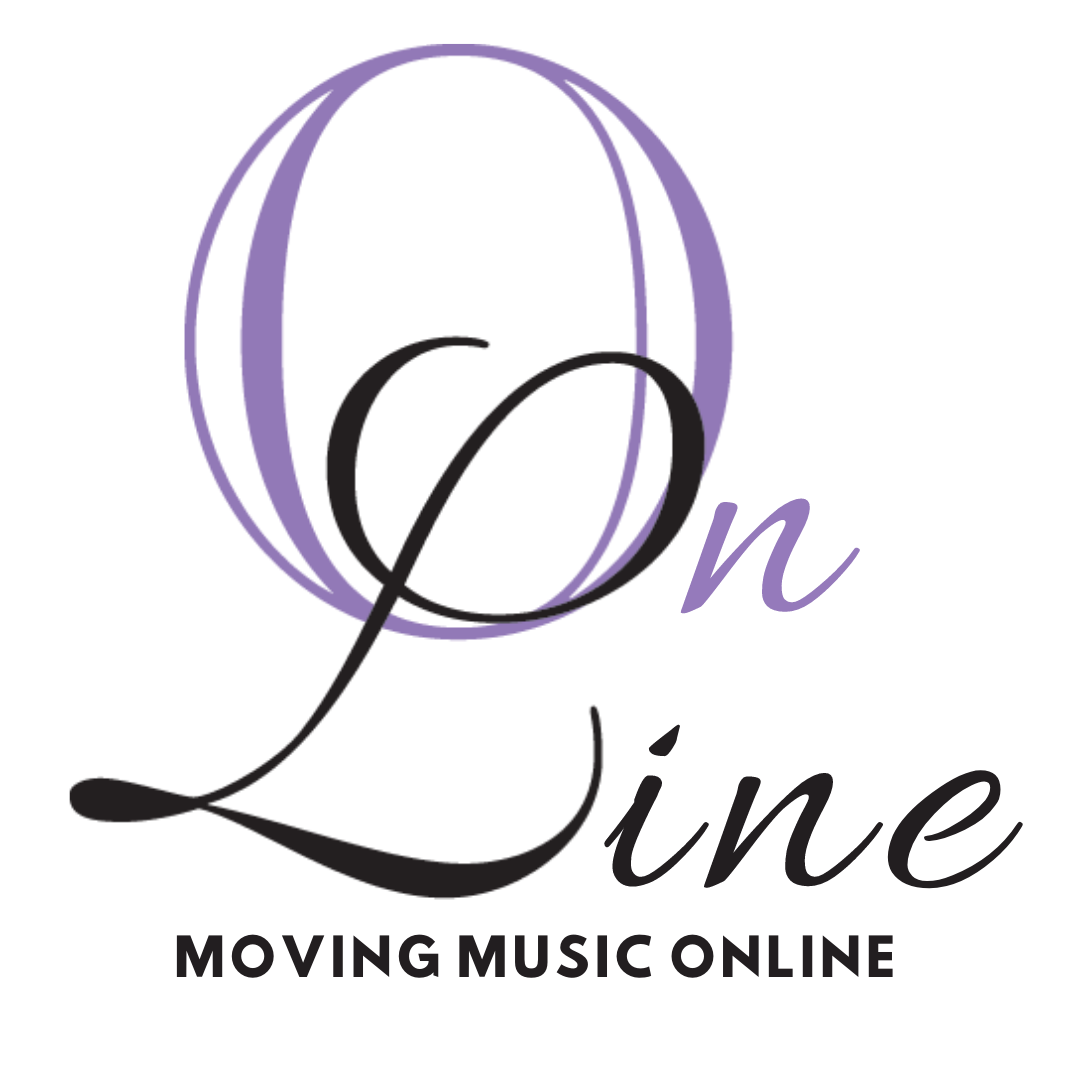October: Les Fêtes d’Hymen et de l’amour
This month we look at three different forms of dance in opera, working with Guest Artists from Kalanidhi Dance, Sean Curran Company, and New York Baroque Dance Company all of whom performed together in Opera Lafayette’s production of Les Fetes d’Hymen et de L’Amour, by Rameau. We learn an array of styles, playing with how they each use space, relate to the music, and convey meaning.
Listen to the music from the opera here.
Watch the final dance number from the show, featuring all three companies, here.
ACTIVITIES
Ankle Bells: Make Music
In this unit, we hear the rhythms in the music being marked by bells and by body percussion. Dancers around the world have made their own versions of ankle bells, or leg rattles, out of all sorts of materials. You can make your own ankle bells by stringing some bells onto a ribbon or twine and tying it around your ankle. If you feel more ambitious, try this guide to make an anklet, or make up your own method! The traditional Kuchipudi ankle bells are hand sewn onto a rectangle of fabric, as you see in the first photos below, but you can make music with each step using any of these techniques!
Gestures and Dance: Talking Hands
All three dance forms use very specific hand shapes and gestures. The hands are very communicative.
Do you use your hands when you talk?
Try using your hands along with your voice in your next conversation.
What do they add?
How does it feel?
Try communicating using just your hands and face. Can you say, without speaking:
“It’s a secret”
“Hi! Welcome.”
“Good idea”
“You and me, let’s go over there”
What else might you say with your hands?
Pick a book or a story that you like. See if you can act out each of the major events with your hands.
Floor Patterns: Trace and Try
In our class with Baroque dancer Matt Ting, we look at floor patterns: the pattern we trace on the floor as we move across and around it. Here are a few examples from Baroque and contra dances:
Imagine you have wet paint on your feet, or a long tail with chalk at the end,
How big of a circle can you trace on the floor?
How about a triangle?
Can you trace one of the patterns pictured here?
How is it different if you have a partner?
Make up your own pattern on the floor or the ground outside using blocks or stones.
Connect the dots with your feet!
Try walking, hopping, leaping, and twirling between the blocks or stones
Foot Positions : Copy and Compare
Foot positions are especially important in both Classical Indian Dance and Baroque Dance.
The first drawings here are from a book called The Dancing Master, all about Baroque Dance. Do you recognize any of the same positions in ballet?
The last image is of some positions seen in a variety of classical indian dance forms. Can you make all of the foot positions depicted here?
Notation: Dance and Draw
Unlike music, there is no universal notation system for dance. Dancers and choreographers have come up with all kinds of systems and techniques for drawing what they are doing with their bodies. Here are some examples.
Click image to enlarge.
Click image to enlarge.
Try making up your own dance based on each of these drawings- what does the drawing tell your body to do?
Now try making up a dance and then drawing it out on paper. How can you show the shapes you make with your hands and feet? What is important about the dance you’ve made? Is it the movement of the eyes? The hands? Is it the floor pattern? The energy?
More on Kuchipudhi and Kalanidhi dance
Our guest artist Ramya Durvasula is a company member with Kalanidhi Dance, who performed in Les Fetes. Kalanidhi has a show on Saturday October 17, which is both educational and performance!
See the Premiere here on October 17.
Kalanidhi dance is also offering remote dance classes, check them out!
More on Contemporary Dance
Guest Artist Evan Copeland is a long-time company member with Sean Curran Company, who performed in Les Fetes. Here is Evan dancing in one of Sean’s pieces:
"Social Discourse" by Sean Curran, (Evan is in the light blue)
Here are two other dance pieces that Evan especially loves, demonstrating contemporary dance with classical music:
“Blink of an Eye” Choreography by Medhi Walerski
“Play” performed by the Paris Opera Ballet, choreography by Alex Ekman
More on Baroque
Guest Artist Matt Ting is a dancer with New York Baroque Dance Company. a beautiful Baroque technique duet in modern dress by his NYBDC colleagues Caroline Copeland and Roberto Lara:
Here is one of the most famous male solos in the Baroque dance repertoire:
"L'Entrée d'Apollon" you can find several versions of it to compare the range of techniques!
Peek into what it might be like to study baroque dance today with the master Guillaume Jablonka
OPERA STARTS WITH OH! IS A VIRTUAL PROGRAM PART OF
KNOW SOMEONE WHO WOULD LOVE THIS?
Send them this link and have them register for the next class or the full series!






